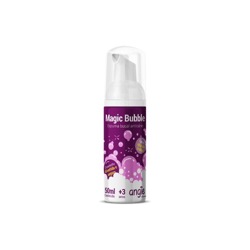The Influence Of Mouthrinses And Simulated Toothbrushing On The Surface Roughness Of a Nanofilled Composite Resin.
Abstract:
The aim of this study was to determine the influence of mouthrinses on the surface roughness of a nanofilled composite resin after toothbrushing. One hundred nanofilled composite resin specimens were prepared and randomly distributed into two groups—brushed and non-brushed—and then assigned to five subgroups, according to the mouthrinse solutions (n = 10): Colgate Plax Fresh Mint, Oral B, Cepacol, Colgate Plax, and artificial saliva. Each sample was immersed in 20 mL of the mouthrinses for 1 minute, 5 days per week, twice a day, for a 3-week period. The control group used in the study was one in which the specimens were not subjected to brushing and remained only in artificial saliva. Toothbrushing was performed once a week for 1 minute, for 3 weeks. Surface roughness measurements (Ra) were performed after the immersion period and toothbrushing, by means of a profilometer. Data were analyzed by two-way ANOVA and Tukey’s test. Analysis revealed that the association between toothbrushing and Colgate Plax Fresh Mint produced the lowest surface roughness (p < 0.05). All other groups tested (Oral B, Cepacol, Colgate Plax, artificial saliva) exhibited no statistically significant differences between surfaces, whether subjected to toothbrushing or not (p < 0.05). It was concluded that the surface roughness of the nanofilled composite resin tested can be influenced by the mouthrinse associated with toothbrushing.
Descriptors: Composite Resins; Surface Properties; Toothbrushing; Mouthwashes.
Autora
Veja mais
Possui graduação em Odontologia - Universidad Autónoma del Paraguay (2004), Especialização em Prótese Dentária pela Universidade de São Paulo - FUNORP (2009), Mestrado em... Leia mais
Cursos Online em destaque
Você é dentista?
Crie seu perfil para interagir com Keico e mais 160 mil dentistas.




Envie seu comentário
Cadastre-se grátis e opine sobre este artigo.